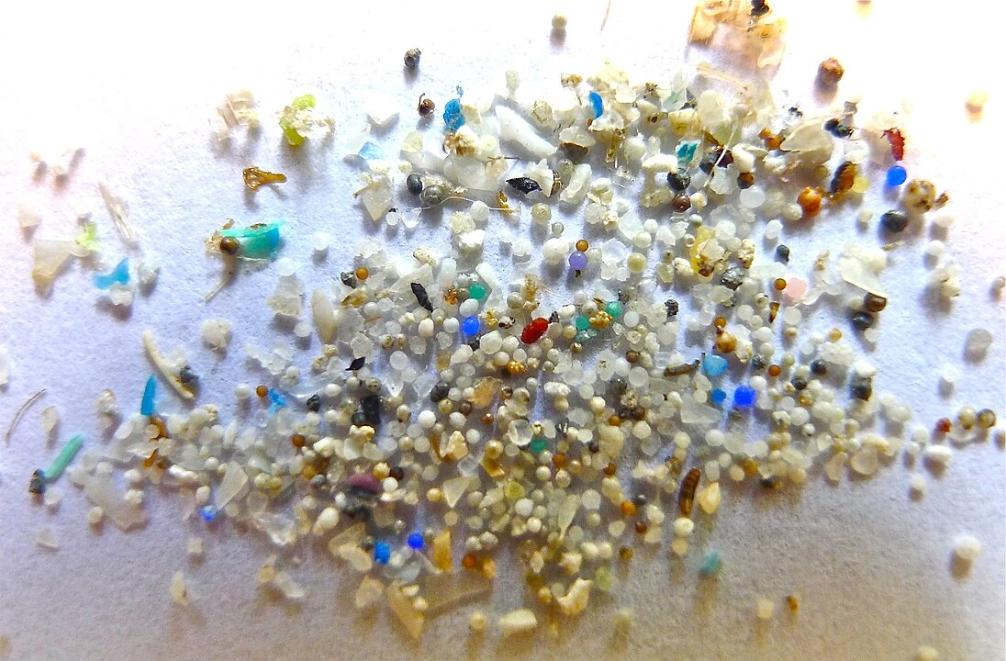With our reliance on plastic products, along with their longevity in the environment where they break down into tiny pieces, microplastic pollution has become a global and ubiquitous problem.
Management of microplastics is complex. Microplastics are diverse in their physical and chemical composition, have many pathways for environmental impact, and are difficult to isolate specific components in plastic recycling. A lack of analytical tools to detect and quantify microplastics adds to the challenges, as does a dearth of research on public attitudes and behavioral changes around microplastics.
According to the researchers behind this new study, this complexity requires an integrated approach that combines interdisciplinary strategies and involves multiple groups or ‘helixes’ in society. They propose the use of the quintuple helix framework to manage this complexity.
D The quintuple helix framework methodFirst introduced in 2010, positioning the environment as a stakeholder rather than a passive component. It, thus, emphasizes the active role of ecology in addressing environmental challenges.
It conceptualizes its five main stakeholders as dynamic and interactive and focuses on co-production and knowledge exchange. The objective is to develop policies that address the multifaceted nature of the microplastic problem with a holistic solution that has buy-in from stakeholders.
The study describes the role of the five helixes and the unique insights they provide to the microplastic challenge:
- Academia It is essential in data collection and monitoring, educational programs and public participation, and technological advancements.
- Govt Collaborates with stakeholders to formulate and enforce regulations.
- the industry Influenced through supply-chain management, sustainable product development and corporate social responsibility.
- Civil society organizations Raise public awareness and advocate for policy change, and enable community engagement, collaboration and partnership.
- Introduction the environment Focuses on environmental impact assessment, conservation and restoration, and monitoring and surveillance.
The study describes the benefits of this approach to microplastic management and the challenges around managing different interests and priorities. Benefits of using the quintuple helix model include:
- A more effective policy. The quintuple helix approach ensures a diversity of perspectives in policy development and policy that is not solely driven by government. Involving the public can accelerate the translation of research into practical solutions and improve implementation. Keeping the environment as a stakeholder helps ensure policy sustainability.
- Continuous improvement. Ongoing feedback from the five groups of stakeholders allows a feedback loop for innovation, i.e. continuous development of ideas, technologies and policies. To be successful, good communication and a transparent process are essential. An example is the 2021 classification of plastic as a toxic substance under the Canada Environmental Protection Act, which involved multiple stakeholders.
- Public engagement. Through the inclusion of civil society and the environment, the Quintuple Helix approach promotes public engagement with research, commercial products and policy. Work led by an example Ellen MacArthur FoundationUNEP and the International Trade Center who together have led efforts to develop sustainable packaging, national recycling programs and reusable, renewable or recyclable packaging.
- Environmental resilience. Placing the environment as a stakeholder means developing effective standards for microplastic exposure, hazard and impact assessment. By streamlining data collection and analysis, policymakers can develop more effective strategies to mitigate the impact of microplastics.
The new study proposes that this approach will result in policies and actions that will address the complex challenge of microplastic pollution and link to the achievement of the UN’s Sustainable Development Goals.
It concludes with a case study of Sunway City, Malaysia that illustrates how the quintuple helix approach was used to implement a plastic ban. These include legislation to ban single-use plastics, researchers working on innovations to turn plastic waste into valuable products, businesses engaging in sustainable practices such as banning single-use straws, and NGOs and community groups promoting educational programs and community clean-ups. . The researchers highlighted that a lack of data hindered the evaluation of this case study and that there is a need to collect data to enable this in the future.
Source:
Dewika, M., Markandan, K., Nor Ruwaida, J., Sara, YY, Deb, A., Ahmad Irfan, N. and Khalid, M. (2024) Integrating the Quintuple Helix Approach into Atmospheric Microplastics Management Policy for Planetary Health Conservation. . Science of Total Environment 954: 176063.
To cite this article/service:
“Science for Environmental Policy”: European Commission DG Environment News Alert Service, edited by SCU, The University of the West of England, Bristol.
Notes on Content:
The content and opinions contained in Science for the Environment Policy are based on independent, peer-reviewed research and do not necessarily reflect the position of the European Commission. Please note that this article is only a summary of the study. Other studies may come to different conclusions.
